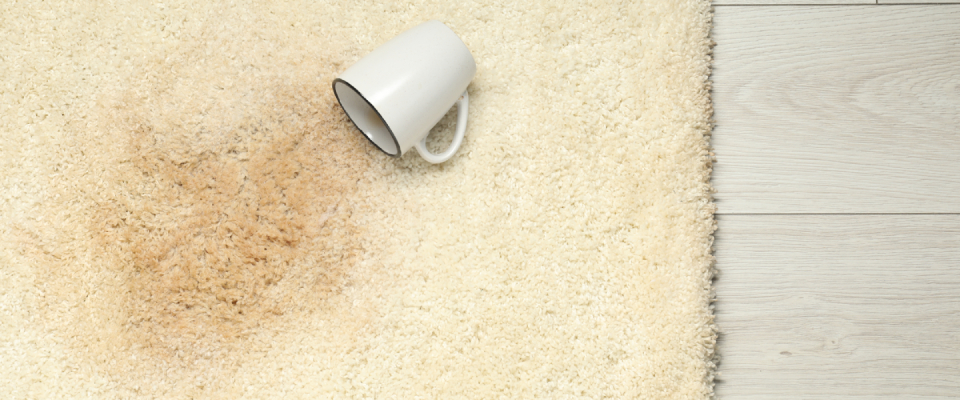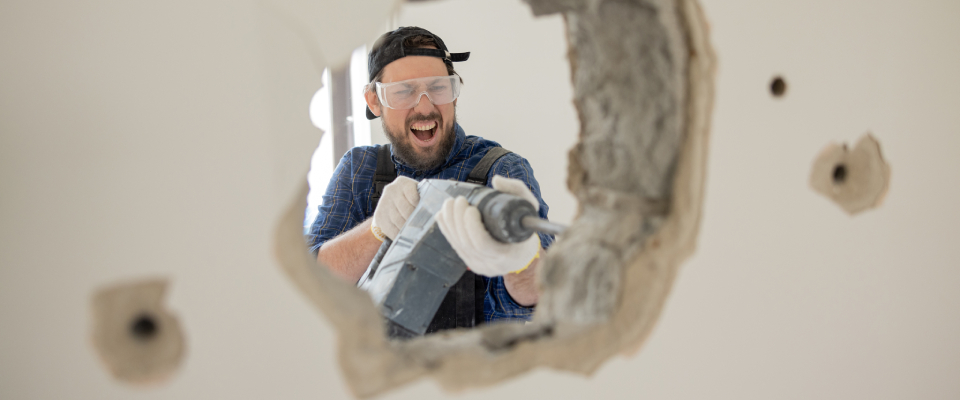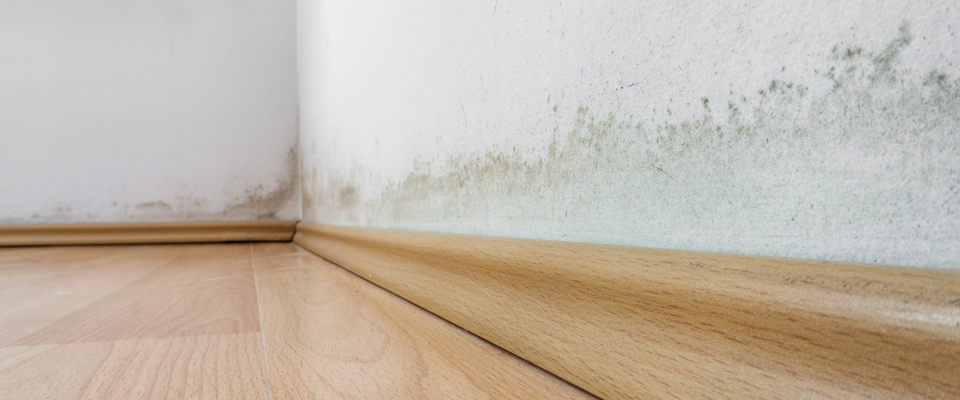What Kind of Damages Can Be Deducted from Your Security Deposit?
Share this article:
When you rent an apartment, the landlord usually requires a security deposit. This is money held aside as financial protection in case the property is damaged beyond normal use or if rent goes unpaid. For renters, it’s important to know which security deposit deductions are allowed so you can protect your money. For landlords, clear rules prevent disputes and ensure fairness.
Understanding which damages count — and which don’t — helps both renters and landlords avoid unnecessary conflict at the end of a lease.
Legal overview of security deposit deductions
Security deposit laws vary by state, but the basic principle is the same everywhere: Landlords can deduct for damages, but not for ordinary wear and tear. Normal wear and tear includes small scuffs, faded paint or minor carpet thinning that naturally occurs over time. Damage, on the other hand, results from negligence, misuse or accidents that go beyond daily living.
Additionally, landlords are required to provide itemized lists of any security deposit deductions, usually along with receipts or invoices. Move-in and move-out inspection reports are often used as legal documentation if there’s ever a dispute.
The 5 most common reasons for security deposit deductions
1. Broken windows & doors
If a window cracks because of age or weather, that’s considered normal wear. However, a broken window caused by negligence — such as slamming or improper use — can lead to security deposit damage. The same goes for broken locks, kicked-in doors or damaged frames. These issues often require costly repairs and are clear grounds for security deposit deductions.

2. Burns & stains on carpet or flooring
Carpet naturally wears down over time, but deep stains, cigarette burns or rips are beyond ordinary use. The same applies to flooring with large scratches, burns or water damage. Because flooring is expensive to replace, landlords often charge renters for this type of damage. Thus, renters should take care to report accidents right away to avoid larger deductions later.

3. Damaged walls
Small tack holes or slight discoloration from sunlight count as wear and tear. However, large holes, excessive nail damage or big marks from accidents are considered security deposit damages. Notably, repainting entire walls due to unauthorized paint colors can also be deducted. As such, documenting wall condition before moving in is key to protecting yourself.

4. Broken appliances & fixtures
Appliances eventually fail, and routine mechanical breakdowns aren’t the renter’s responsibility. However, if the dishwasher stops working because of improper use, or a light fixture is broken due to rough handling, landlords can claim those costs as security deposit deductions. Similarly, missing items — like blinds, smoke detectors or light covers — also fall into this category.

5. Excessive dirt or cleaning costs
Most leases require renters to return the property in reasonably clean condition. While a bit of dust is expected, leaving behind excessive dirt, mold, pet messes or piles of trash could lead to deductions. In these cases, landlords often hire professional cleaners and pass along the cost to the renters. Therefore, a simple deep clean before move-out can save you hundreds of dollars.

Security deposit deductions landlords cannot make
Not everything can be charged against a renter, and security deposit laws protect renters from unfair deductions. For example, landlords cannot charge for:
- Minor scuffs on flooring or walls
- Faded paint from sunlight
- Carpets worn thin from years of use
- Regular plumbing repairs due to aging pipes
Furthermore, landlords cannot use a security deposit to upgrade or improve the property. The deposit is only meant to cover security deposit damage caused by renters, not routine maintenance.
Best practices for documenting damages
Both landlords and renters benefit from clear records: Move-in and move-out inspection reports, paired with photos, provide proof of the property’s condition. Additionally, written records of repairs or issues during the lease add another layer of protection.
By law, landlords must give renters an itemized deduction list along with receipts for work performed. This transparency ensures that security deposit deductions are valid and not simply guesses. For renters, having your own documentation makes it easier to challenge unfair charges.
Tips for renters & landlords
Renters should:
- Take photos and videos of the property before moving in.
- Report damages as soon as they occur to avoid being blamed later.
- Clean thoroughly before leaving to prevent unnecessary deductions.
Landlords should:
- Always document damages with photos, inspection forms and receipts.
- Communicate clearly about what counts as security deposit damages.
- Provide an itemized list promptly to comply with security deposit laws.
This open communication reduces disputes and builds trust.

Security deposit deductions are one of the most common sources of conflict between renters and landlords. The key is distinguishing between normal wear and tear and actual damage. renters who understand the rules can better protect their money, while landlords who follow the law avoid legal trouble.
Ultimately, clear documentation and honest communication ensure a smoother move-out process. When both sides respect security deposit laws, everyone benefits.
Share this article:
Florin Petrut is a real estate writer and research analyst with RentCafe, using his experience as a social media specialist and love for storytelling to create insightful reports and studies on the rental market. With a strong interest in the renter experience, he develops data-driven resources that explore cost of living, affordable neighborhoods, and housing trends, helping renters make informed decisions about where and how they live. Florin holds a B.A. in Journalism and an M.A. in Digital Media and Game Studies.
The Ready Renter has your back
Tips, news, and research curated for renters, straight to your inbox.




Related posts
Subscribe to
The Ready Renter newsletter







